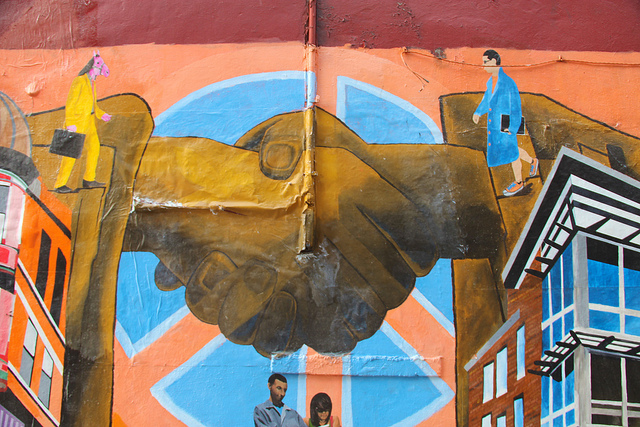
Since the 1990s, rates in homicide, robbery, assault and theft have seen a consistent drop in American cities like New York, Washington, and San Diego. Theories about this great “crime decline” typically focus on larger societal shifts, such as increased access to abortion and reductions in lead poisoning. However, a recent article in The New York Times presents evidence for a different trend: how local non-profit groups played a crucial role in reducing violence in some communities in the U.S.
Using data from the National Center for Charitable Statistics, sociologist Patrick Sharkey and doctoral students Gerard Torrats-Espinoza and Delaram Takyar traced the formation of community groups and nonprofit organizations in 264 cities over the past 20 years. The research team found that the growing number of organizations is connected to a considerable decline in both the murder rate and in violent crime. The article summarizes Sharkey’s findings,
“Every 10 additional organizations in a city with 100,000 residents, they estimate, led to a 9 percent drop in the murder rate and a 6 percent drop in violent crime.”
What is the connection between nonprofits and crime reduction? Sociologist Robert Sampson explains that effective crime prevention does not necessarily require hot-spot policing, mass incarceration, or tough-on-crime control measures. Community organizations engage in a wide variety of initiatives, from building playgrounds to employing young men, which contributes to the creation of vibrant communities and public spaces, dissuading criminal activity. And while the rise of community organizations is not the sole contributor in the crime drop, it is a step forward in urban crime prevention that does not rely on intense policing or harsh penalties. As Sharkey notes,
“The model that we’ve relied on to control violence for a long time has broken down … This gives us a model. It gives us another set of actors who can play a larger role.”

Comments